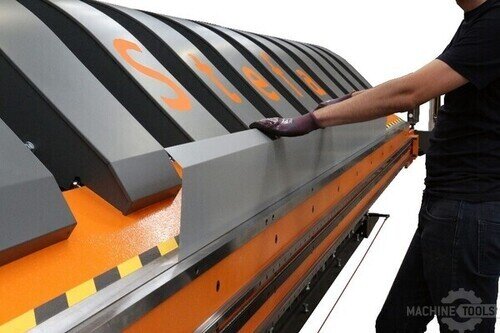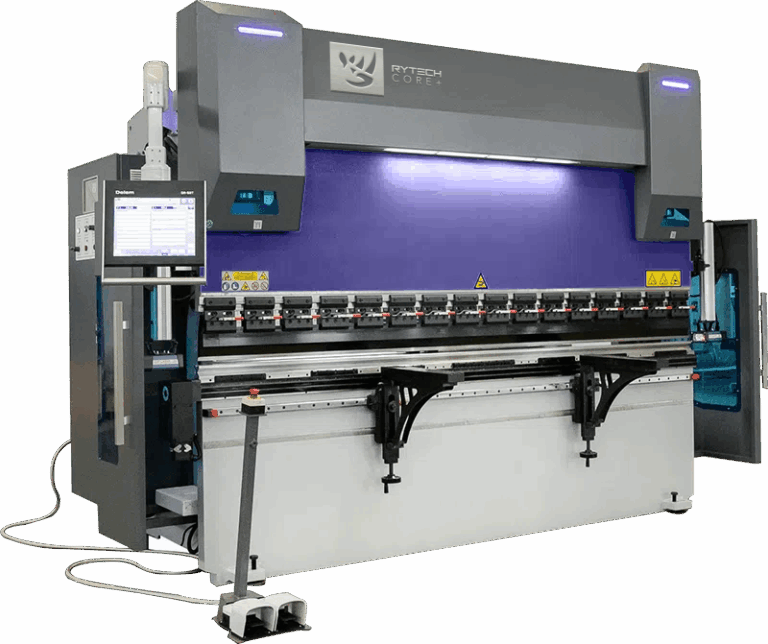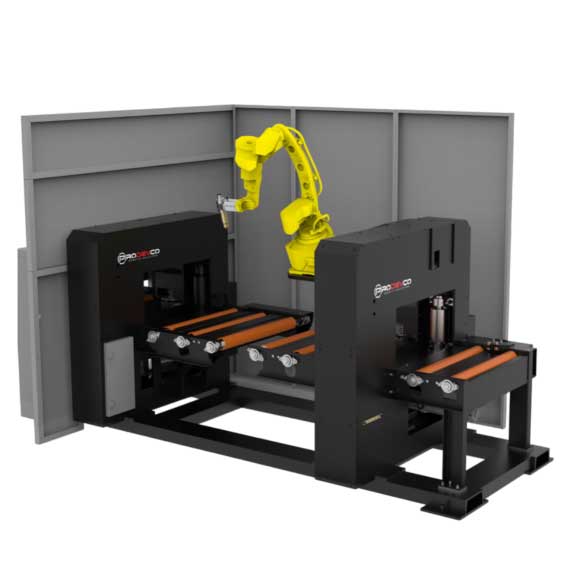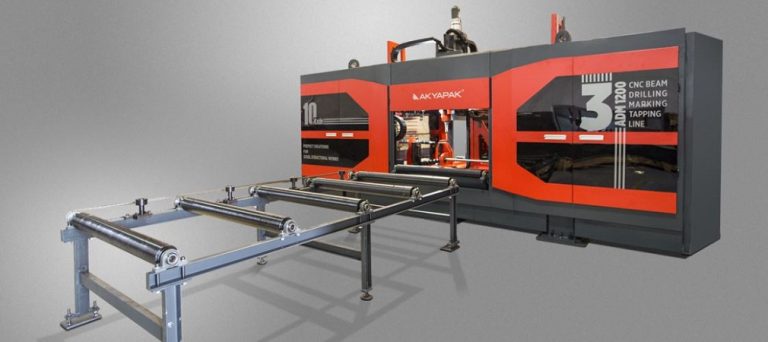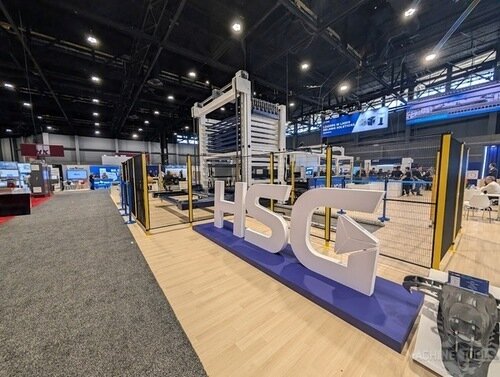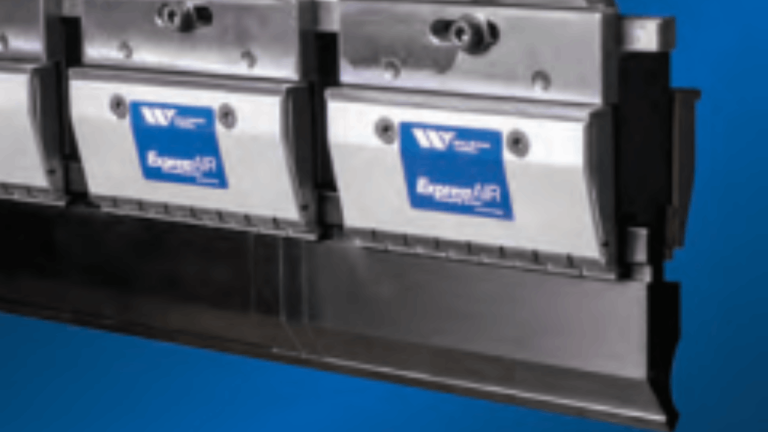I am Adam Quoss, VP of Sales at Mac-Tech, and for more than two decades I have helped metal roofing and drainage manufacturers implement machines and software that eliminate bottlenecks, improve fit and finish, and raise first-pass yield. Indiana shops are producing more trims, panels, and downspouts with tighter timelines and smaller crews, which makes smarter CNC software the fastest lever to pull for 2025. The upgrades I recommend do more than speed up programming and setup. They lift product quality, stabilize cycle times, and give owners the confidence to quote aggressively without sacrificing margins.
Indiana 2025 Section 179 strategy: Upgrade CNC press brake, panel folder, roll former, and downspout line software now to expense the investment and boost roofing throughput
Indiana fabricators are planning their 2025 capital moves around Section 179, and software is a standout opportunity because it can be placed in service quickly, deliver immediate productivity, and typically qualifies when purchased off the shelf and used in your trade. By upgrading press brake, panel folder, roll former, and downspout line software now, you position the spend to be expensed in the 2025 tax year, subject to IRS limits. That aligns with what I detailed in Why Indiana Fabricators Are Upgrading CNC Software Now to Maximize 2025 Section 179 Deductions, and it is exactly how many contractors in Indianapolis, Fort Wayne, and the Corridor are getting ahead of next season’s workload.
On the floor, the gains are tangible. A new brake or folder control with guided setup reduces changeover time for trim and flashing families, while better roll former recipes stabilize rib height and crown without trial cuts. Downspout seam parameters stored by profile reduce rework and let you move from 2 by 3 to 3 by 4 faster, which matters when your crew is juggling installs around weather windows. When I walk a plant, I often see two minutes saved per setup across dozens of short runs. That math funds the upgrade faster than most expect.
From a financial perspective, pairing Section 179 expensing with faster throughput is powerful. You capture the deduction once the software is in service in 2025 and you capture the operational savings every shift. I am not a CPA, so I always advise clients to confirm eligibility and timing with their tax advisor, including any bonus depreciation considerations. My role is to scope, source, and implement the right CNC software so you achieve both the tax and production targets without disrupting live orders.
High‑ROI software moves in cut, fold, and form: Offline bend simulation, tool libraries for trim and flashing, coil‑fed nesting for blanks, panel length optimization, and seam lock control for downspouts
Offline bend simulation for brakes and folders is my first recommendation because it removes programming from the machine and eliminates guesswork on sequence and collision. Your programmer can validate k-factor, minimum flange, and backgauge reach on a PC, then send a proven sequence with 3D visualization to the operator. That alone reduces scrap on complex valley, rake, and fascia profiles and protects tooling by catching overbend risks before steel hits the dies.
Tool libraries tailored for roofing trim and flashing are the second lever. When every V-die, goose-neck, and hemming bar has defined limits and best-use rules, the control can auto-select the optimal setup based on material and bend angle. I standardize libraries around your common SKUs and coatings, then embed notes for radius allowances and paint-protective steps. Operators stop hunting for the right tool and you stop seeing paint pick-up and micro-cracking on tight hems.
On the coil side, coil-fed nesting for blanks and panel length optimization on your roll former reduce scrap coil and changeovers. The nesting engine looks at your release list and sequences blanks to minimize end waste while balancing coil changes. Panel length optimization ties into encoder feedback so you can hold a tight length tolerance over temperature swings. For downspouts, seam lock control with saved parameter sets locks in bead depth, hook engagement, and speed ramps. That consistency kills the subtle leak paths that show up during freeze-thaw and protects your reputation during warranty season.
Mac‑Tech’s tailored path to payback: Shop audits, controller retrofits, posts and data migration, and operator training led by Pat O’Neill for metal roofing and drainage production cells
Every engagement starts with a shop audit. I map your cut-fold-form flow, time your changeovers and runs, and identify the SKUs that cause the most slowdowns. From there we build a prioritized upgrade plan that slots into your schedule and meets Section 179 placed-in-service requirements for 2025. If we can capture one offline programming seat, one brake or folder control upgrade, and one roll former control enhancement in the same window, you will feel the throughput lift immediately.
Controller retrofits are the most efficient path on many lines. We replace aging HMIs and PLCs with current controls that support offline programming, barcode job calls, and recipe management. For brakes and folders we ensure your post processors generate clean code for your specific control. For roll formers and downspout lines we tune encoder scaling, drive ramps, and seam parameters for each profile set. Data migration is handled carefully. I move your legacy part programs, bend tables, and tool data into the new environment, then validate with test parts and signed-off first-article checks.
Training is the difference between an upgrade and a payoff. I lead operator and programmer sessions that mirror your SKU mix and shift patterns. Operators learn guided setup, safe run, and quick recovery when a bend or seam does not meet spec. Programmers learn simulation best practices, library governance, and how to publish work instructions straight to the control. After go-live, you have direct access to me and our support team for remote troubleshooting, recipe tweaks, and refresher training. The goal is confidence on day one and measurable ROI by day thirty.
FAQ
Does CNC software qualify for Section 179 in 2025?
In many cases off-the-shelf software placed in service during the tax year can qualify, but you should confirm eligibility and limits with your tax advisor before purchasing.How long will a controller retrofit take and will it disrupt production?
Most retrofits are completed in 1 to 3 days per machine with a planned switchover. We stage programming and testing offline so your production loss is minimal.Can you migrate my existing part programs, bend libraries, and tool data?
Yes, we extract, clean, and import legacy data, then validate with sample parts and first-article runs to ensure continuity and accuracy.What maintenance is required after upgrading the software and control?
Keep firmware and software versions current, back up libraries and programs regularly, and perform routine calibration checks on backgauges, encoders, and drive parameters.Will offline programming complicate operator training?
No, it simplifies it. Operators receive clear, validated sequences with 3D guidance, which reduces setup time and scrap while improving safety and consistency.Can the system handle custom trims and complex flashings unique to my market?
Yes, we build parametric templates and tool rules for your profiles, then train your team to modify geometry quickly without breaking bend logic or quality standards.- How do you verify seam integrity on downspouts after software changes?
We use recipe-driven seam parameters, then validate with pull tests, water tests, and visual criteria, documenting the settings as part of your standard work.
I appreciate the trust Indiana fabricators place in Mac-Tech and in me personally. If you are targeting a faster, cleaner roofing and drainage operation in 2025, I would be honored to audit your cell, scope the right software upgrades, and guide your team to payback. Reach me directly at pat@mac-tech.com and let’s align your Section 179 plan with a practical path to higher throughput and better quality.
Get Weekly Mac-Tech News & Updates

